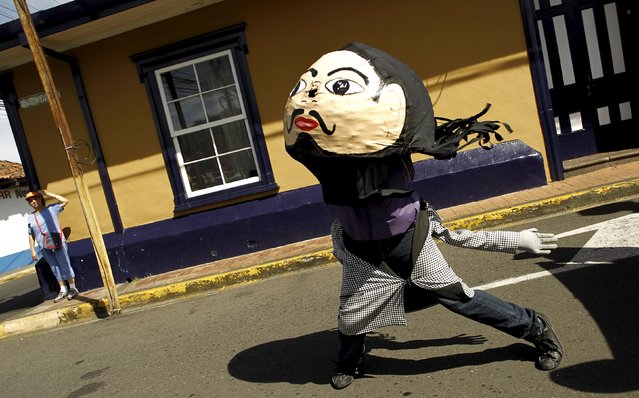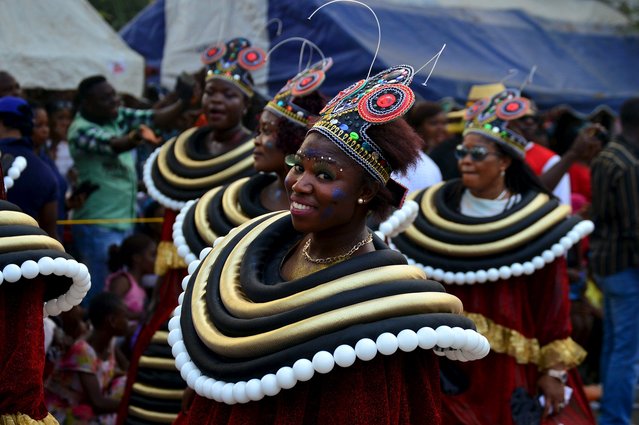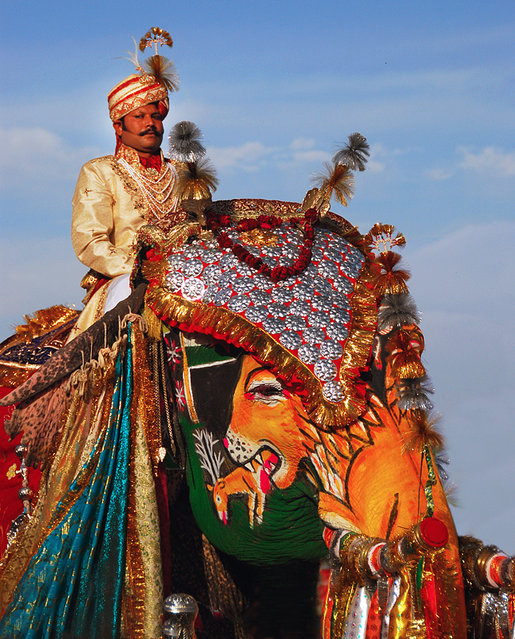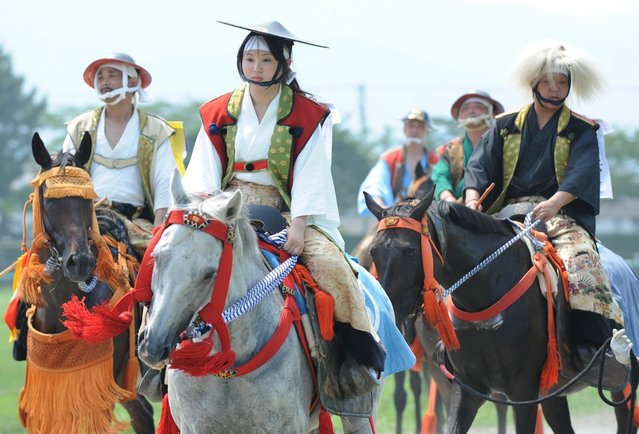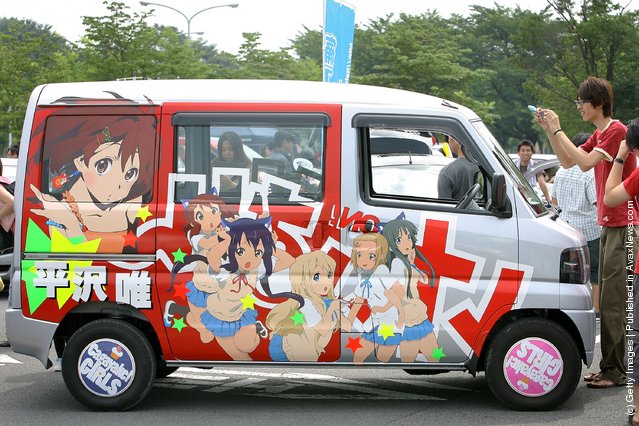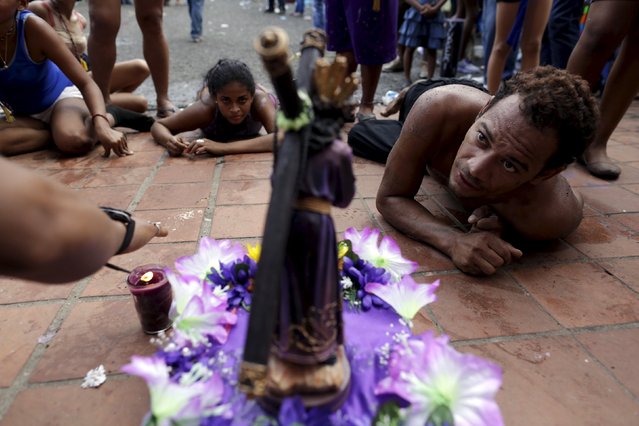
Worshippers of the Black Christ of Portobelo look at the statue during the annual celebratory pilgrimage in Portobelo, in the province of Colon October 21, 2015. Thousands of devotees gather at the Festival of the Black Christ every year to celebrate Christ's miracles. (Photo by Carlos Jasso/Reuters)
25 Oct 2015 08:00:00,post received
0 comments

